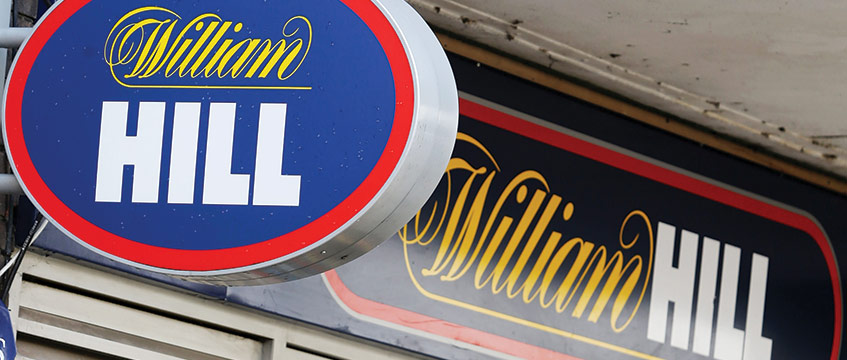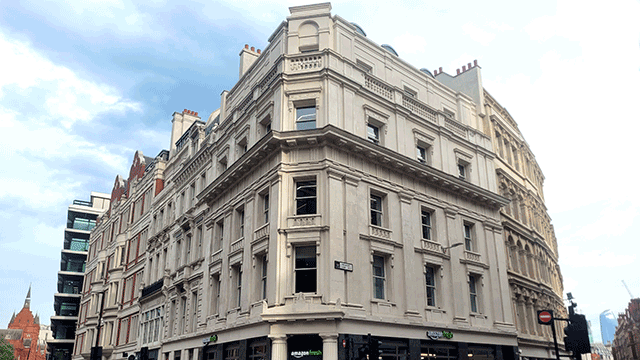The UK’s most deprived high streets will be hit hardest by vacancies caused by the implementation of new rules for fixed-odds betting terminals, according to Radius Data Exchange.
Radius Data Exchange figures show that more than half of the nation’s 6,000 bookies are in the UK’s most deprived areas.
Analysis of the portfolios of the four biggest UK bookmakers – William Hill, Ladbrokes, Betfred and Paddy Power – shows that their high street operations cover 8.9m sq ft, equivalent to almost three times the size of the Aintree Racecourse, the setting for last weekend’s Grand National.
With online gambling on the increase and higher occupational costs, the gambling “boom” born on the high street since the 2008 recession has slowed significantly.
Last month, William Hill wrote to landlords, asking for rent cuts of up to 50%. The move came ahead of the new FOBT regulations, which lower the maximum bid allowed on fixed-odds betting terminals from £100 to just £2. The bookmaker expects that as many as 900 shops will become loss-making as a result of the changes.
Combining Radius Data Exchange statistics with the Ministry of Housing, Communities & Local Government’s “English Index of Multiple Deprivation”, EG can measure just how many high streets in England’s most deprived areas will be affected by potential betting shop closures.
EG’s analysis found that 56% of all the big four’s betting shops are located in the top 30% most deprived areas in England.
The indices of deprivation are based on seven different factors. Income, employment, education, health, crime, housing and living environment are all taken into account to rank more than 32,000 areas in England, from most to least deprived. These sub-areas are dissected to indicate the 10% most deprived areas through to the top 10% least deprived areas.
In isolation, Paddy Power has the strongest presence in the most deprived areas in the UK. In total, 78% of its stores are found in the top 40% most deprived areas. William Hill has the greatest spread between the deciles, with a 21% spread between least deprived and most deprived destinations in terms of shops.
Comparing the portfolio analysis with the latest population estimates from the ONS shows that London, the North West, Yorkshire & Humberside, Scotland and the North East all have a higher percentage of stores when compared with their population.
We also know that bunching occurs, with more than 5% of all the big four bookies’ stores sharing postcodes. This implies that almost 700 units will be on the same high streets as other bookmakers. Any vacancies could be hardest felt in these particular towns.
Landlord exposure to an impending raft of vacancies will mostly concern private individuals or investors, or possibly local councils. With the majority of stores being located on the high street, betting shops have been an attractive stream of revenue in an increasingly threadbare retail tapestry.
According to Radius Data Exchange, the average high street betting shop is around 1,500 sq ft, making them the ideal size for independent retailers should they become empty.
The challenge, however, will be to fill those gaps with vibrant and new concepts. In recent years, the real winners of this sort of space have been vape shops, coffee outlets and hairdressers. But, with betting shops falling under the sui generis use class category, this means that the repurposing of any store to A1/A3 would require an application for change of use.
Additional data analysis by Antony Lynch
To send feedback, e-mail james.child@egi.co.uk or tweet @JamesChildEG or @estatesgazette











